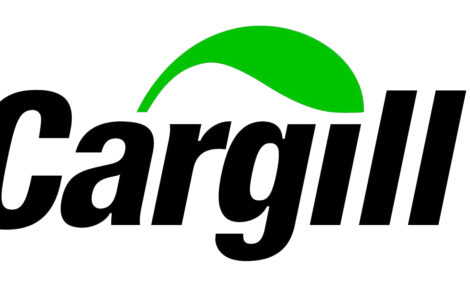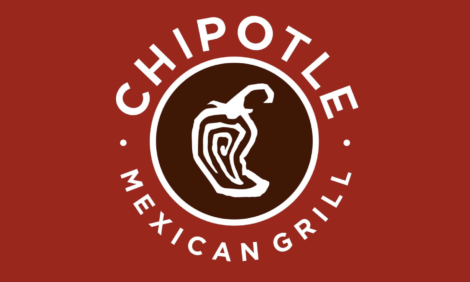



Pork Commentary: Swine Industry Gets Support
CANADA & US - The North American Swine Industry is mostly situated where grain and soybeans are grown. The high price of these crop commodities has increased farm land values in North America in there grain and oilseed growing areas, writes Jim Long.It’s been estimated that in 2011 US prime farmland has increased in value 25 – 30 per cent. E.g. Iowa $6,500 an acre.
The USDA estimated that 236 million acres of the following crops were harvested in 2011. This included 92.3 million acres of corn, 75.2 million acres of soybeans, all wheat 56.4 million acres, and cotton 13.7 million acres. Let’s assume an average appreciation in the last year of $1000 per acre for the 236 million acres. This is our estimate, but we believe it is reasonable. Some land increased over $1000 per acre in market value and some less. If we use the $1000 per acre figure, it would calculate to a $236 billion dollar appreciation in US farm land value in one year! It is not cash but it is creating wealth, equity, and borrowing power.
As we said earlier, the USA and the Canadian Swine Industry is situated primarily where there grain and oil seeds are grown (Canada has about 60 million acres of crops if we use $500 per acre gain, this year $30 billion wealth appreciation in farmland).
We believe the wealth creation in farmland value is a factor buffering the low margins that the swine industry has been experiencing. It’s one of the reasons that despite hog to corn ratios below 15 to 1 for several months that we have not seen breeding herd liquidation. On the flip side the land value increase is not as prevalent for the poultry and cattle industries. Poultry is mostly raised by integrators who own little farmland. Chickens are also mostly in less prime crop areas. The huge losses of up to $100 million per week in the chicken industry have not been softened by farmland appreciation. Huge cattle feedlots have a similar scenario, being primarily outside the prime growing area.
Bottom line:
Increased US land value in cropland of over $200 billion in the last year is helping underpin the US swine industry. Going forward we expect this wealth creation to stimulate some sow expansion. Land values increasing will at some point top out and probably retreat. We were farming in the early 80s when farmland prices exploded higher they then retracted. Many farmers were hurt. The most dangerous words in the English language continue to be ‘This time it will be different!’
Markets
We have had our holiday season; holidays never seem to be good for hog prices as packers with fewer days to work have less pressure to bid. At the end of last week 53 – 54 per cent National Daily Base Lean Hogs were 82.57 cents per pound. At current feed prices no one can make money at that price.
Going forward we expect Cash Hog prices to get stronger as hog marketing’s decline seasonally. Summer month futures are in the mid 90’s and we expect they will recover to a $1.00 plus lean per pound. We believe this because of several factors: A real good chance of less beef and poultry tonnage in the coming months, as total US per capita meat supply decline. Continued strong if not record pork exports. While at the same time not a significant change in hog supply relative to the various demand factors. We believe 2012 hog prices will be strong – the wild card is what will feed prices do?
"As soon as there is life there is danger."
Ralph Waldo Emerson







